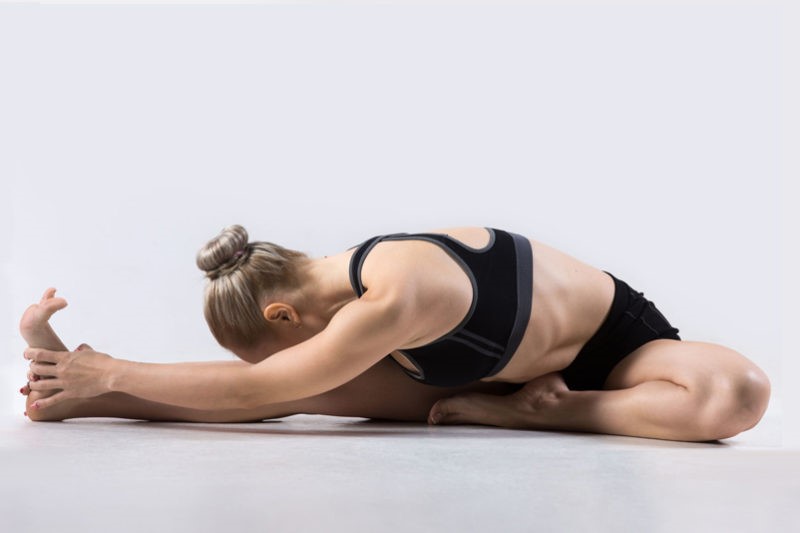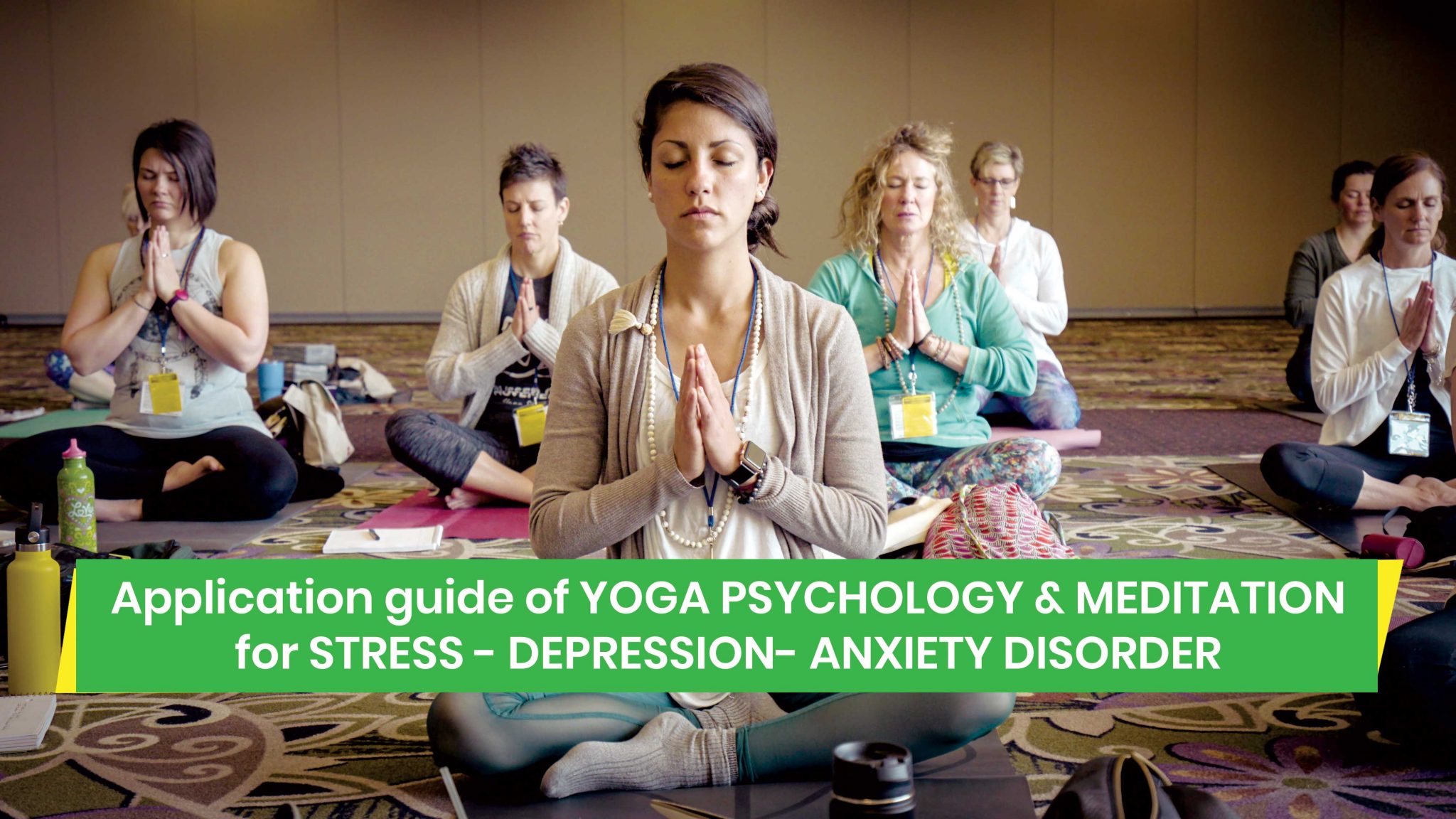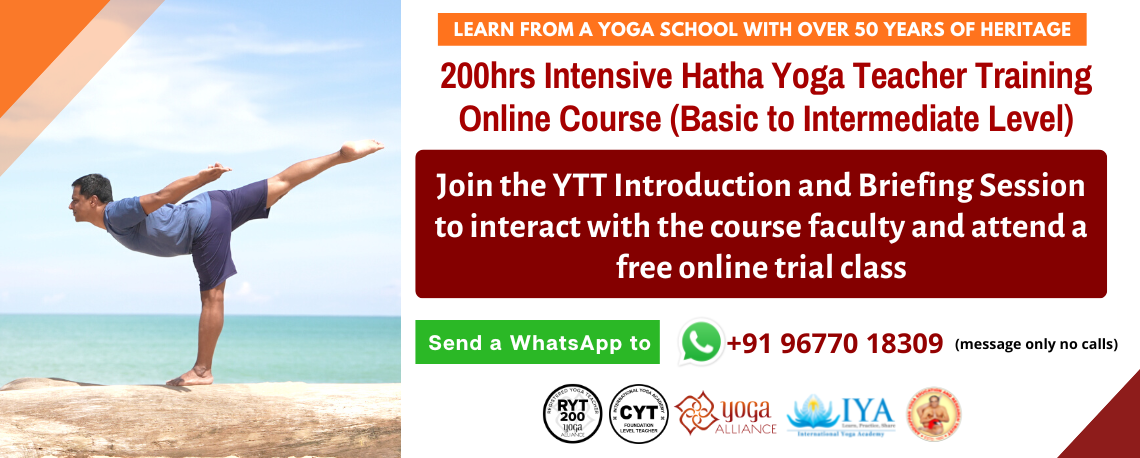Meditation, today is considered quite close concept to many people. Walking outside the framework of Buddhism, meditation is now widely accepted and practiced as a way of relieving stress and regaining peace of mind. So does Yoga Meditation really bring us any specific benefits?
What is yoga meditation?
In the original Buddhist scriptures, meditation in Sanskrit is Bhavana, used to refer to the practice to train the mind. From a Yoga perspective, meditation is called “Dhyana” which means “the flow of the mind”. This is a state East Jump of pure and highly concentrated when the mind flows unimpeded, completely immersed in the thought of universal consciousness. Therefore, Yoga Meditation is a great way to cultivate happiness in the soul. The practice of meditation opens up a great deal of space in your mind, you have time to listen to yourself, to let go of everyday worries. When the mind is at peace, people will see things under the mind more optimistic. In particular, after practicing meditation your body will receive positive energy, which will help your body become healthier.
Scientists have proven that Yoga Meditation helps you to relax, sedate and improve your health naturally and effectively. Let’s take a look at the benefits of Yoga Meditation.
Increase ability concentrate
After a three-month trial, the researchers noted that daily meditation helped participants to be more cautious and the ability to focus on sight is much higher than at the beginning. Meditation helps change the electromagnetic activity of the brain, helping you stay focused longer.
Improve memory
The white matter in the brain regulates the rate of binding and communication. Meditation limits the amount of white matter in the brain that decreases with age, helping your mind clear and memory better than normal. Research shows that people who have a daily meditation routine will eliminate distractions in their lives, which will help the brain quickly integrate and remember information and especially remember the details better than the average person.
Pain relief and good for the cardiovascular system
It is no coincidence that boxers often practice meditation after matches. Meditation relieves stress and helps the brain to be clearer without the influence of emotions and other factors. When meditating, your concentration increases, your body relaxes and increases your ability to cope with pain better. Meditation helps increase blood flow to the heart, positively affects cardiovascular health, as well as helps lower blood pressure and reduce stress, two factors that contribute to a healthy heart.
Reduce stress and anxiety symptoms
Surprisingly, the study found that people who meditate every day had a thicker prefrontal cortex than those who didn’t. Thick prefrontal cortex helps to curb negative emotions created by the Limbic system, the emotional center of the brain, thereby helping to relax feelings of anxiety and prevent dangerous complications like agarwood . In order to maintain the benefits of meditation, you must keep your meditation habit more often because “the brain can return to its old path if you don’t maintain it every day.”
Meditation and Yoga Meditation brings us clear benefits both physically and mentally. However, Yoga Meditation requires perseverance and determination of the practitioner, when you overcome yourself, you will surely enjoy the best results of meditation.
Improve mood and fight off depression
As well as exercising, yoga is a natural way to boost the production of Serotonin hormones. This hormone plays a role in curing depression because it promotes a person’s sense of relaxation, calmness, concentration and happiness. A study has shown that people with depression often have lower than normal serotonin.
Yoga is also extremely helpful because of its natural slowness and lightness. Each posture is diverse, so the practitioner at different levels can practice. Often the professional Yoga Master when teaching will focus more on breathing, concentration and smooth movement of the body. They will also encourage you to direct your focus on positive thoughts to ease your mind and body.
Yoga posture for anxiety disorders
The following yoga techniques can help calm an unstable mind and support the treatment of anxiety disorders naturally:
Bow pose: This posture helps strengthen your back and abdominal muscles, stimulates reproductive organs, enlarges chest, neck, shoulders muscles, tightens legs and arms, and enhances your ability to concentrate, Reduce stress, fatigue for practitioners.

Performing:
Step 1: Lie on your stomach, hands down to the body.
Step 2: Slowly bend your bent knees forward. Hands back, pulled ankles and inhaled, lifting his chest off the ground. Eyes looking forward, relaxing facial muscles.
Step 3: Maintain a stable posture, the whole body bends and stretches like a bow. Take a deep breath and exhale slowly for 15-20 seconds.
Step 4: Breathe out, gently release your hands, bring your feet and chest to the ground, release your ankles and relax.
Fish pose: This position helps the body absorb nutrients better. By stretching the neck and chest muscles, the shoulders and neck will relax. At the same time, the fish posture also helps firm back muscles, eliminate symptoms of back pain, repel many diseases.

Performing:
Step 1: Lie on the floor, feet straight, hands down to your feet.
Step 2: Bring your palms to your hips and place your hands on the floor. Slowly bring the elbow close to the waist.
Step 3: Cross your legs together, thighs and knees still on the floor Step 4: Exhale, lift your chest, top of the head touching the floor. Put weight on 2 wrists.
Step 5: Hold the pose until you feel comfortable and exhale gently, relax the body.
Step 6: Exhale, lift head, lower chest to floor, open legs and relax.
Head close to the knee: This posture helps calm the mind, especially good for people with mild depression. Practicing head close to the knee posture helps to increase tension in the groin and shoulders, stimulating the activity of the liver and kidneys. Practicing this position regularly, your anxiety, headache, fatigue will gradually improve.

Performing:
Step 1: Sit on the carpet, cross your legs, straighten your back
Step 2: Straighten your left leg so that your chest, navel and legs are in line. The right leg is pressed to the inner thigh of the left leg, sitting comfortably on the floor.
Step 3: Put your 2 hands on your hips, take a deep breath. When you exhale, reach out to touch your left leg.
Step 3: Inhale, stretch your arms to stretch the spine, bend down into the pillow according to your ability. Take care not to push too hard as this will injure your spine.
Step 4: Take a deep breath, exhale, relax and repeat with your right foot.
Bridge Posture: This posture stretches back muscles, helps massage the neck, enhances thyroid health, reduces back and neck pain. In particular, the bridge posture is good for the nervous system so it will help you physically and mentally stronger.

Performing:
Step 1: Lie on your back with your hands down your feet
Step 2: Bend your knees, using your hands to grab the ankles, the distance between the legs is as wide as the shoulders.
Step 3: Deeply lift your back, stretch your back and neck, hold for at least 30 seconds.
Step 4: Slowly lie down, take a deep breath, breathe slowly, relax. Repeat this pose 3-5 times.
Cat pose: The cat posture is a stretching posture, combining your back and loosening, making your back more flexible. The gentle vertebral massage will enhance the health of the nervous system, bring energy to you, help reduce stress and anxiety, and make the digestive system work better, detoxify the body.

Performing:
Step 1: Keep your hands perpendicular to the floor, knees as if crawling. Hands, knees and feet extended in a straight line.
Step 2: Look forward, breathe in, bring your chin to your chest.
Step 3: Bend back as much as possible, squeeze your hips, breathe deeply, hold for a few beats.
Step 4: Breathe out slowly, go back to step 1. Repeat 5 to 6 times.
Folded posture: This posture affects the shoulders, spine and arms, helping you improve the digestive system, reduce headaches, dizziness, reduce obesity. At the same time, thanks to the impact on the back, the muscles of the front body are affected to improve breathing and function of abdominal organs, enhance blood circulation, relieve stress, relax the mind.

Doing:
Step 1: Sit up straight, straighten your legs forward, your toes relax. Step 2: Inhale, lifting 2 hands over head, stretching arms
Step 3: Breathe out, bend forward, lower your body and pull your hand out as far as possible.
Step 4: Repeat 3-5 times, then keep your head on your feet for a few beats.
Step 5: Inhale, lift yourself back up to a normal position, hands reach over your head, exhale lower arms.
Relaxing posture: As the name implies, this posture has a relaxing effect, rejuvenates the body, stabilizes the mind. The deep breathing helps relieve stress, pressure, rearrange the mind, purify the body.
Currently, meditation and yoga are considered as a method common therapeutic support for people with psychological problems: anxiety disorders, depression, psychological trauma … Even for average people Yoga and meditation are often a great way to improve our physical and mental health, perseverance and above all to lead people to a healthy lifestyle!
In particular, practicing yoga correctly can change the mind’s activities and help in achieving one’s concentration, awareness, compassion, and compassion.


















 Other
Other